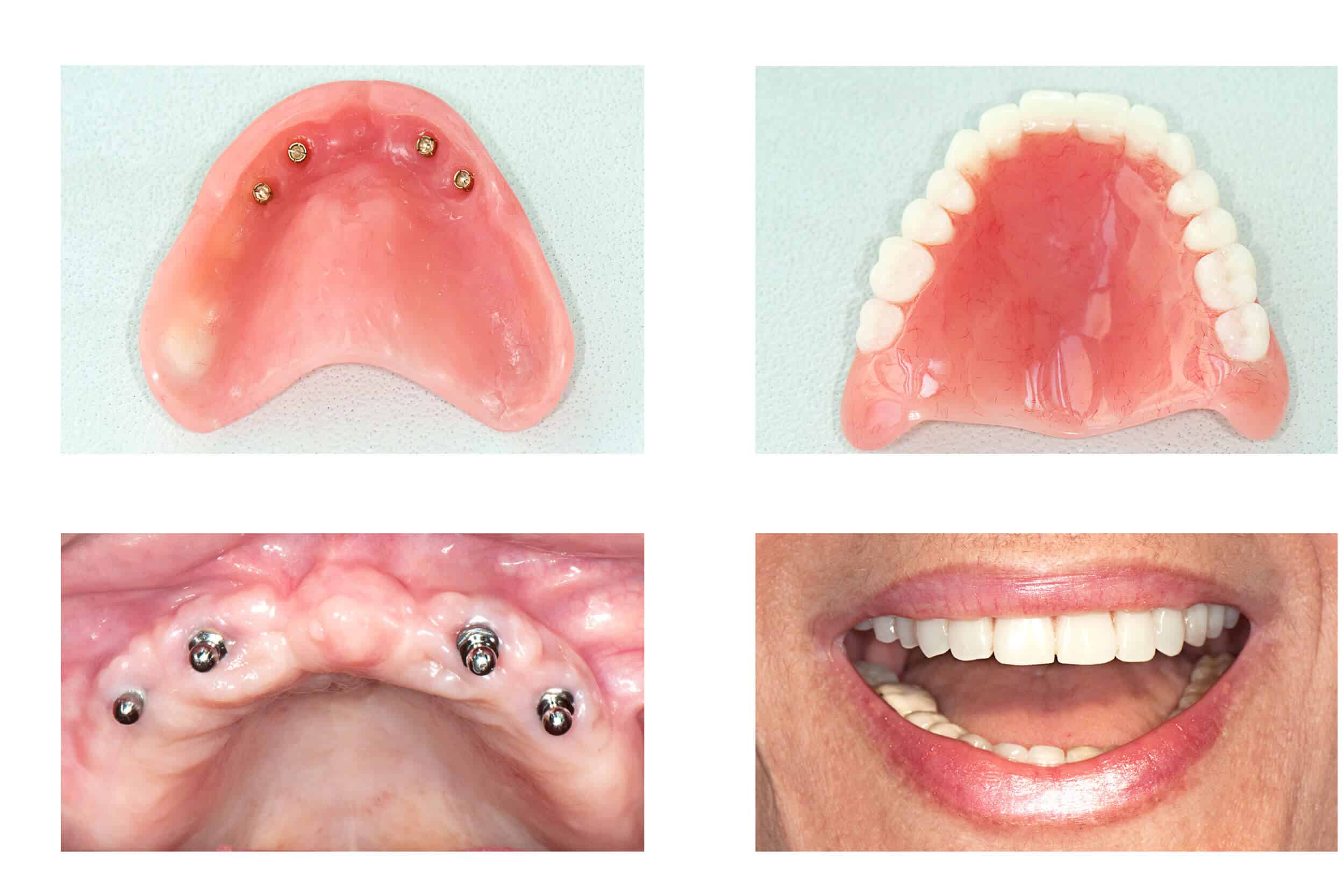

One of the most common dental procedures nowadays is dental implant placement.
But, what is a dental implant?
A dental implant consists of two parts, one of which is the implant post and the other is the crown; the post is the part that resembles the root of the tooth and is placed in the bone for support; while the crown is the prosthetic part that’s fabricated to be placed on the post resembling the natural crown. Moreover, there’s a connection between the two parts known as the abutment, which has many shapes and sizes, and the dentist chooses the one that suits you.
What’s the material of the implant?
It’s most commonly made of titanium as it’s an inert material that doesn’t interact with living cells.
When do I need an implant?
A dental implant is considered an alternative for a lost tooth, whether it was lost because of caries, trauma, or even genetically absent.
The implant placement procedure isn’t a one-step procedure, but it has several steps:
Now, let’s go to the actual procedure:
There’re two methods Dr. Pogodzinski or Dr. Blanco can choose from,
The traditional method:
One-stage process:
Sometimes, all these steps are made in one step, and Dr. Pogodzinksi or Dr. Blanco places all of the post, abutment, and crown at the same time, and that’s done with impatient individuals who are traveling abroad or won’t be able to stick to the long implant procedure steps.
Keep in mind that the traditional procedure has more predictable results as it allows the body to better tolerate the implant compared to the one-stage process that’s as a shock to the body.
Knowing all about dental implants, Does it seem like a procedure you want to have in the future? If so give us a call at 414-475-0588 and our team can schedule you right away.